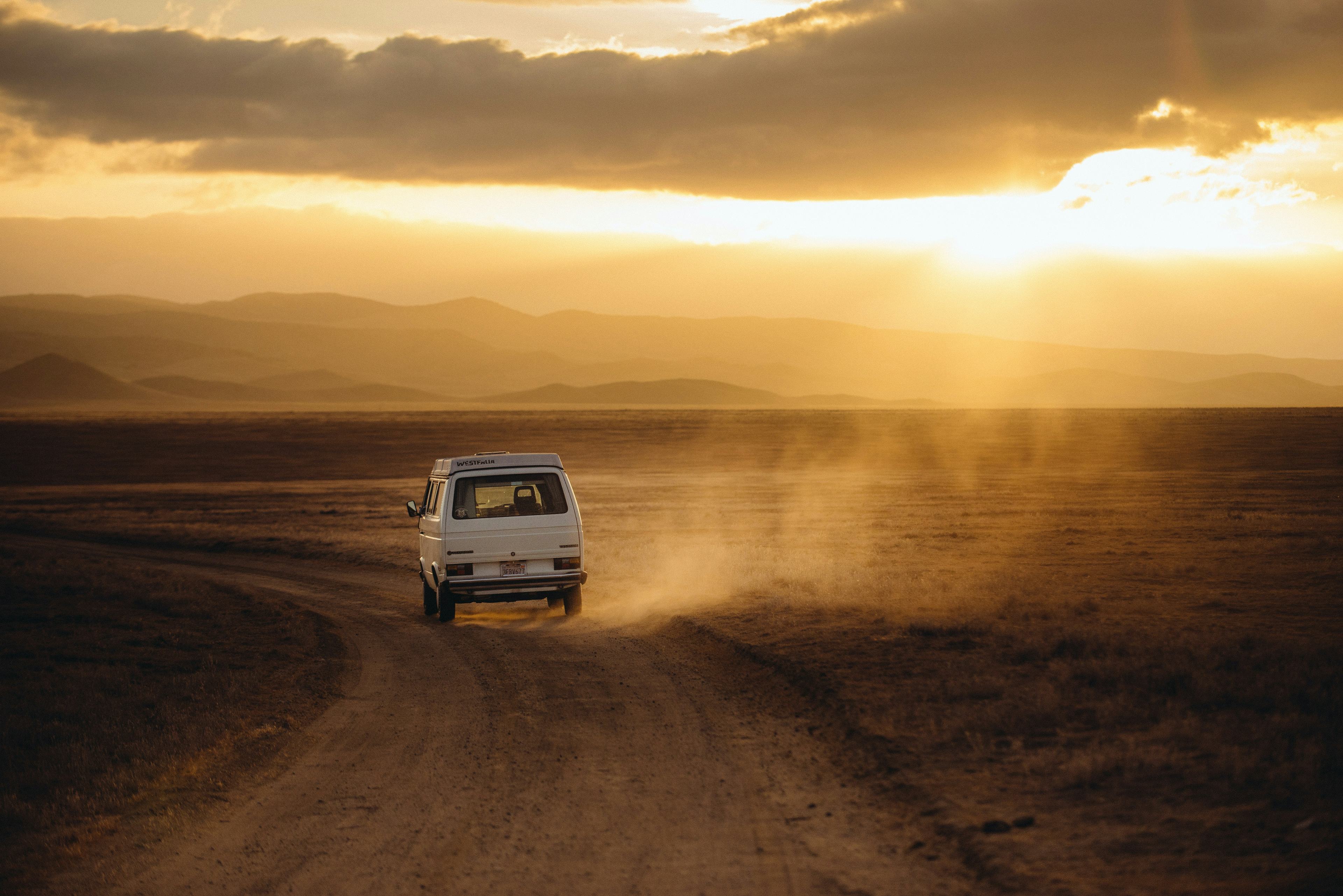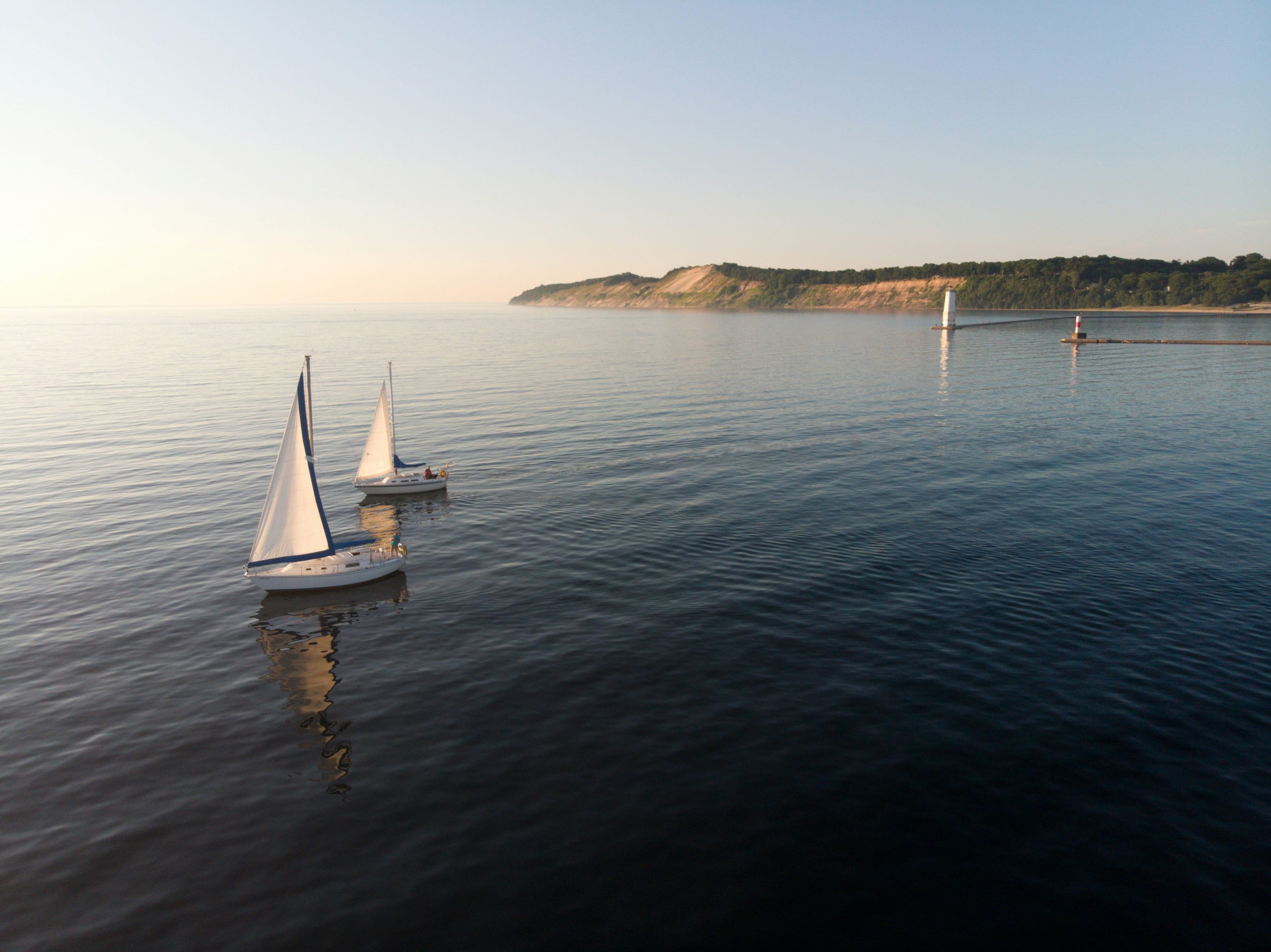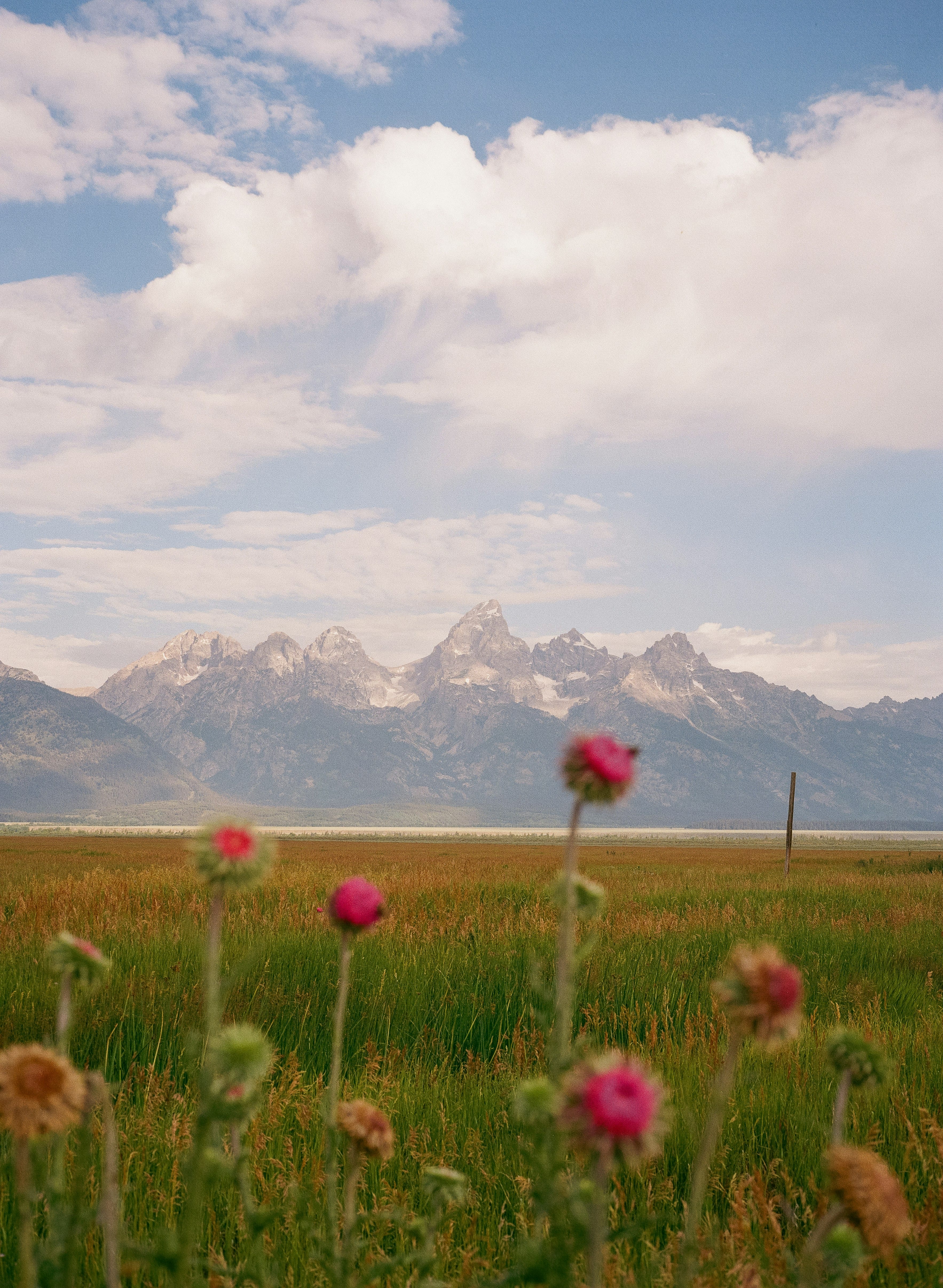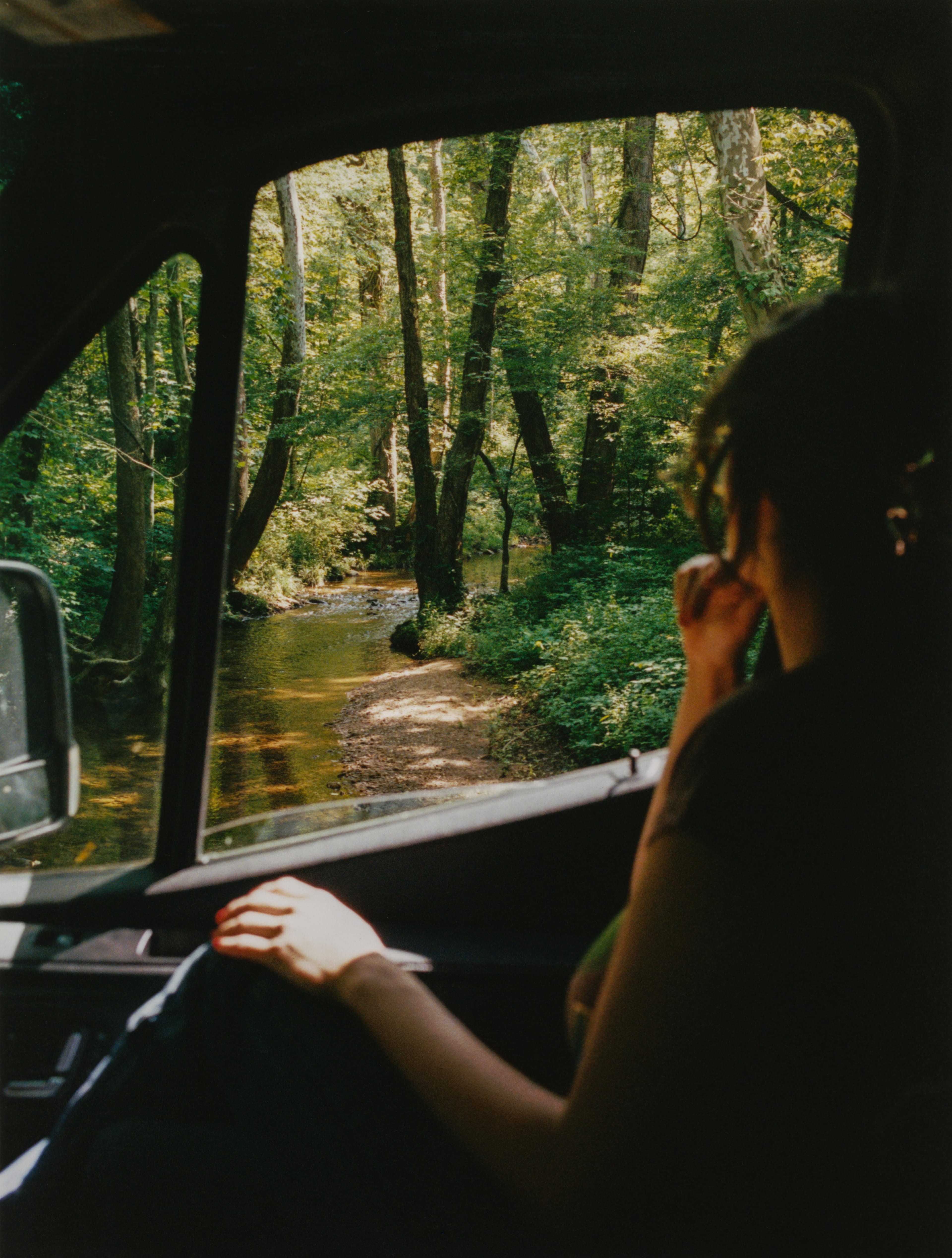THE ROAD LESS TRAVELED: Baja Adventures

Exploring regenerative tourism and local conservation in Baja California’s rugged landscapes with the team behind KÜHL's adventurous film series.
KÜHL's “The Road Less Traveled” is more than a film series—it’s a mindset. It explores what happens when people step off the beaten path and immerse themselves in raw, untamed places, choosing purpose over predictability.
For the Baja Adventures installment, we spoke with the filmmaking team—director Leo Ahrens, director of photography Nate Cahoon, producer Chase Gallegos, and expedition leader Regi Domingo—about the journey behind the lens, the people they met and the landscapes that shaped the story.
Leo Ahrens, Director:
What is the road less traveled?
The Road Less Traveled is a series designed to capture the spirit of adventure, independence, and resilience through the eyes of individuals who have carved their own paths. From remote mountain peaks to rugged coastlines, this series introduces viewers to people who push boundaries, live off the grid, and transform their passions into sustainable ways of life. The series highlights the beauty and the challenges of living a life that values authenticity and exploration.
What inspired the Baja Adventures film?
When I was younger, chasing waves and embracing a sense of freedom, I drove the Baja peninsula several times. There’s a magnetic pull to this place that draws you back. The landscape is wild, the communities are incredibly unique, and the pace of life is just slower in the best way possible.
After reviewing KÜHL's spring product line, I knew right away that Baja, would be the ideal backdrop. We didn't want to tell just any story. We wanted to tell one that resonated with KÜHL's commitment to unfiltered, real experiences. We needed locals to lead the way, people who embody the lifestyle the brand embraces. That's when we found Regi (Domingo) and Leo A. Sanmiguel, two passionate locals from Loreto, who run an eco-tourism business in Baja. They weren't just guiding the story—they were the story.
How did your approach to capturing the story shift once you were immersed in the local landscape and culture?
I think the big shift was learning to listen. I went in thinking we’d be telling this adventure story, but the more time we spent there, the more I realized the story wasn’t just about epic views or big moments. It was about immersion into the culture—how the locals live, how the land gives back to the community and how we have to listen to the ecosystem to protect it. Once that sunk in, we slowed everything down. We stopped trying to create moments and just let them happen. The storytelling became more natural and more intentional. We weren't trying to tell our story but rather let Leo and Regi tell theirs.
Are there any other “Road Less Traveled” films that stick out as a favorite?
We’ve created three stories so far: Alaska bush pilots, Arizona monsoon chasers and Baja ecotourism.
The Alaska film feels the most true to our roots in terms of the setting and product mix, but Baja stands out because it’s a bit more unexpected.
Baja is the most emotional of the three. The story Regi and Leo told isn’t just a timeline of their life events—it’s a deep reflection of the world around them. This is what they live for, and that passion really comes through in the film.
Chase Gallegos, Producer:
What makes Baja California the real wild, wild west?
Grit and respect go a long way out there when the terrain doesn’t hand out second chances. Baja breaks rigs, punishes mistakes and doesn’t care how prepared you think you are. If you can make it through, the rewards are unforgettable—hidden oases, empty beaches, and genuine connection with people who call this place home. As cliche as it sounds, out there, freedom isn’t given. It’s earned.
How did y’all find the film’s stars, Regi Domingo and Leopoldo A. Sanmiguel?
Baja was the obvious choice for us, but when it came to finding the right people, we knew they needed to embody the KÜHL spirit. There was a lot of digitally digging through everything “Baja." When I found Regi and Leo, I knew instantly they were who we wanted to explore with. We decided to approach this production a little different than usual. It was our chance to be their guests, go with the flow. This was what made this shoot special, everything we set out to do was truly authentic. Not only did we bring back some awesome content, but we also made lifelong friends.

What was the biggest creative or logistical challenge in bringing these stories to life?
Filming in Baja is a test of both drive and resourcefulness. Crossing the border means navigating customs paperwork, securing permits and hauling gear through unpredictable inspections. Once in, the real challenges begin—miles of washboard roads, scarce fuel and the relentless heat. Remote locations push vehicles, gear, and bodies to their breaking point. The sand, salt and sun not only put the products to the test—these conditions also chew through equipment making every shot a test of durability. Out there, it’s not just about capturing the scene, but also surviving it.
Nate Cahoon, Director of Photography:
What were some unique technical or environmental factors you had to consider when filming in Baja’s rugged terrain?
Filming in Baja felt more like an expedition than a production. It’s just wild, hot, dry, and full of surprises. Nothing was easy. The desert dust gets into every piece of gear and I was constantly adapting to the land's demands. At the end of each day I'd be cleaning equipment by headlamp, knowing there were no backups if something breaks. With such a remote location, I had to plan every battery and every memory card transfer carefully, because there were stretches with no electricity at all. To capture the shot I had to embrace the adventure and unpredictability of our surroundings.
The tight knit communities create a unique challenge as well. It can be hard to go unnoticed with all the camera gear. So I kept a low profile because I want the moments to happen naturally. The goal is to be invisible. When people forget the camera is there, that’s when you capture the real magic.
Was there a particular scene or sequence that surprised you during filming — either visually or emotionally?
One morning really stuck with me. We had camped on a remote beach near a fishing village and as the sun rose, the whole coastline lit up in this soft golden-pink glow. I had a time-lapse running on one camera and walked down the beach with our photographer Jay Reilly to meet the fishermen coming back from their night at sea.
What started as a typical morning—fishermen unloading their boats with nets full of fish —turned into something more profound when one fisherman had a spotted eagle ray in his net. This was the same species we filmed the day before gliding under our boat. It was a peaceful, graceful moment in the water; so that hit me pretty hard. It was a stark reminder of the delicate balance we all must find between nature and human impact. What Regi and Leo are doing isn't just about saving wildlife, it's about teaching people a new way to connect with the land, to respect it and see the value in preserving it.

Regi Domingo, wildlife expedition leader and conservationist:
Which species or ecosystems are currently most in need of protection in the region?
Cetaceans: blue whales, gray whales, fin whales, sperm whales, orcas and dolphins. These marine mammals rely on the Gulf of California and the Pacific coast for key parts of their life cycles, feeding, breeding, nursing, socializing and migrating through this important marine corridor.
Today, climate change is rapidly altering the conditions they depend on. Shifting ocean temperatures and currents are disrupting their migration routes, reducing food availability, and affecting population numbers, reproductive success and strandings.
The Gulf of California, one of the most biodiverse marine ecosystems on the planet, is facing unprecedented pressure. Proposed industrial projects such as liquefied natural gas (LNG) terminals, the expansion of cruise ship routes and even arrivals in National Parks, unregulated tourism, and unsustainable coastal development and industrial fishing are pushing this fragile ecosystem to a tipping point.
We are also witnessing stronger and more frequent toxic algal blooms, likely linked to pollution, warmer waters, and runoff from growing urban centers along the coast, like Los Angeles, San Diego, and Tijuana, whose environmental footprints extend into the whales’ migratory routes, their pray and are causing neurological issues and deaths.

How is the success of regenerative tourism measured?
Regenerative tourism can be measured by the recovery of ecosystems or species populations, biomass increase and the real protection of pristine natural areas. It is also seen in the improvement of social and economic conditions in communities and in key observations generated through tourism that drive change—informing policy, strengthening regulations and leading to new laws that better protect species and ecosystems. Regenerative tourism is measured not just in sightings but in impact: when participants help collect data that informs science and policy, when locals gain deeper appreciation for their environment and natural capital and when new sustainable livelihoods are created through conservation and restoration. It’s also shown in the growing interest in travel that has a positive impact.





